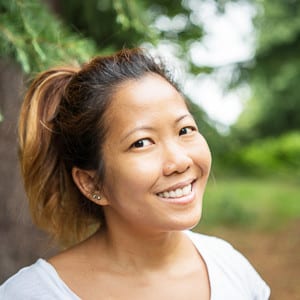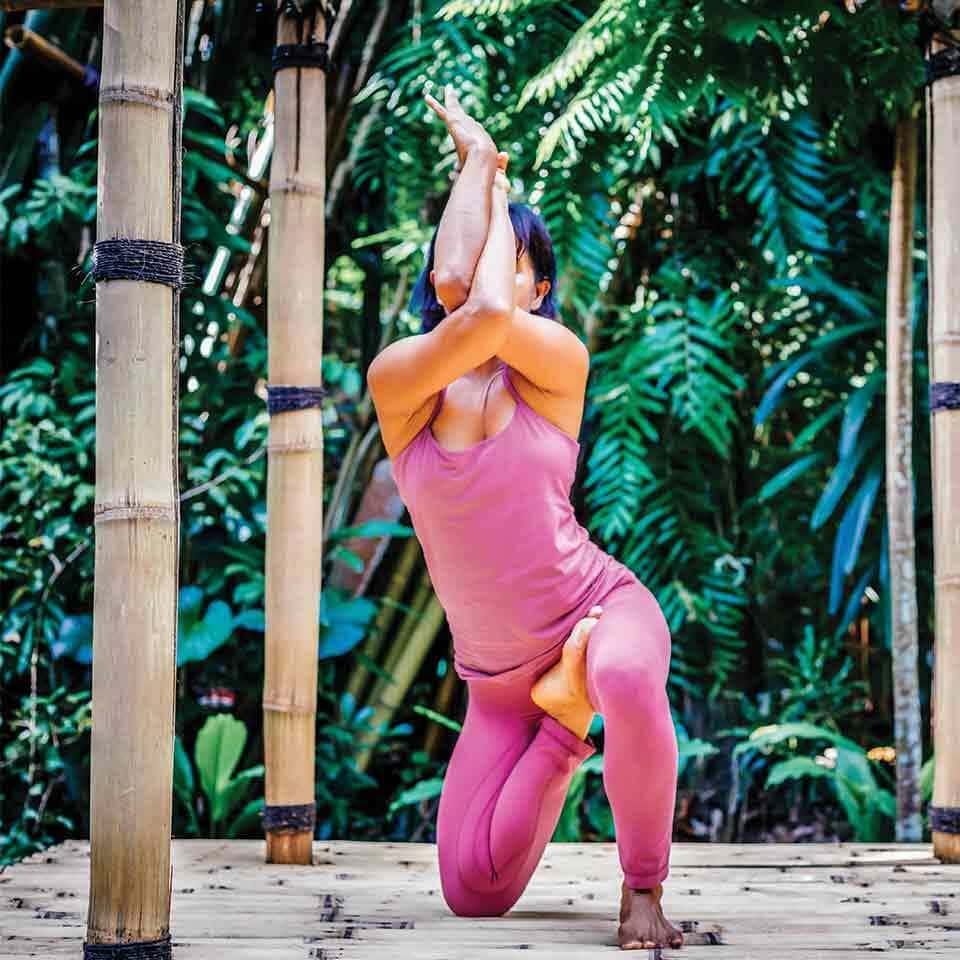What Went Down During Our Yoga Webinar
Our first in a series of free yoga webinars took place on May 24, and was a gentle reminder that this practice of yoga, which has been embraced by millions of people globally, is massively relevant to our lives not only for its positive influences on our physical bodies, but more importantly on our minds and on our spirits. Moreover, that this was, that it is still in some ways, and that it should remain an exploratory practice where all practitioners are free to contribute to the conversation from their own personal experiences.
How is Yoga Being Consumed Today?
The central focus of the yoga webinar was on the often forgotten “holistic” aspect of the practice. While we understand theoretically that yoga is a mind-body-spirit kind of practice, in today’s modern age of Instagram yoga, it’s hard to ignore that “body” has become a real goal. Deeper backbends, strong inversions and complex arm balances have become trophies to decorate our Instagram display cabinets with. Beautifully executed yoga postures with clever sound bites of philosophy are the trend these days, but lacks depth. It has become so entrenched in our culture, that to engaged people in intelligent conversations about yoga requires using these photographed postures as bait. Beyond that, teachers nitpick on technical aspects of the practice that are often contradictory to each other, forgetting to remind students that these are simply tools for exploration.
As a practitioner of almost 20 years and a teacher for almost 10, I’ve seen so many technical approaches, from Iyengar Yoga, to Classical Hatha, to Ashtanga Yoga, to all other modern approaches such as Dharma, Tripsichore, Forrest, Anusara, Budokon . . . . you name it, I’ve probably tried it. I have found each of these to be very compelling in their research, yet many times, they contradict each other. The contradiction of these approaches is a healthy one, and reflects a real experimentation on the parts of their founders, a real immersion into their practices, and a real expression of their nature. What I see in today’s classroom settings is what concerns me most, and that is a regurgitation of technique without real understanding. Teachers fuss over exact measurements of distances between hands and feet, forgetting to deliver the real meat of the practice, which is that of the mind and spirit.
Yoga Can Be Much More, If We Let It…
Technique is an incredibly important part of the practice. They are important building blocks. But that is all they are – building blocks. The techniques allow us to move into a place of experiential complexity so that we can walk through the fire so-to-speak, and evolve in our understanding of ourselves. In the webinar, I compared this concept to what an artist or a dancer may experience. An artist learns how to use tools, learns how to work with different mediums and masters various techniques. These tools and techniques are simply the building blocks. An artist does not learn technique simply to learn technique, but rather, to create a larger work of art or masterpiece that reflects something about her nature. Similarly, a dancer practices tirelessly in the classroom or studio setting to be able to do incredible things with her physical body, but she does so with the intention of dancing on stage, in the masterpiece, to be a part of something that is larger than herself. Yoga is similar, we master technique, learn how to do incredible things with our bodies, but for many people, the practice stops there. There is nothing wrong if knowingly, that’s where you want your practice to end. But our yoga webinar was a reminder to the much larger potential of the practice, and that is to create your own masterpiece. You get to choose the colours, the strokes, the expressions of your own life!
In the IG live session that followed, we touched briefly on the top-down approach that happens in many yoga studio classroom settings, where there is a delivery of the technique from teacher to student, but a lack of an exploration of expression, which then takes it entirely into the hands of the student practitioner. We discussed how the future of yoga may return to how it was in the days prior to the emergence of yoga studios, where a group of practitioners may come together to share technique AND how it expresses and reflects their life’s experiences.
This yoga webinar topic is tied to our course, Integrated Vinyasa Series, on our Online Yoga Academy, which has been developed with both technique and expression in mind. It takes the practitioner on an increasingly challenging journey of awareness, through continuous physical movement. The practice does not lose sight of the larger creation of a masterpiece of self-expression.
About the Author
Julie Moksim is co-founder of Urban Yogis. She is Singaporean by birth but a global citizen by lifestyle. Julie began her yoga journey in Boston in 2003. Today she runs Urban Yogis and a Yoga Cooperative in Laos called Luang Prabang Yoga.



I’m gone to say to my little brother, that he should also
pay a visit this webpage on regular basis to get updated from hottest gossip.